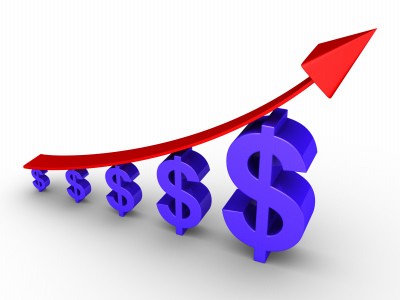Compare High Yield Savings Accounts
Post on: 16 Июль, 2015 No Comment

Interest rates may not be going crazy like they were circa 2006, but if your savings are stashed at a local bank paying less than 0.25% interest (and most are), you best look elsewhere. Online high yield savings accounts can offer 3-4 times the interest because they dont have to maintain psychical branches. Here are the latest rates:
High yield savings accounts are online only accounts that typically pay between 5 – 10 times the interest offered by the savings accounts at your local branch. These days, that’s not saying much, but 0.90% still beats 0.09%.
While rates on todays high yield savings accounts wont secure your retirement, these accounts are still the best place to put cash you might need in a pinch or for a goal in the next couple years. Thats because theyre liquid you can withdraw cash anytime and theyre FDIC insured up to $250,000.
About high yield savings accounts
High yield savings accounts are very simple savings accounts; the only difference between these accounts and the savings accounts offered at your local bank branch is that online only savings accounts can pay substantially higher interest rates because they don’t have to support the infrastructure of physical branches.
Wait. An online only bank? How does that work?
Chances are you have a checking and/or savings account at a bank that has a few – or maybe lots – of branch buildings in your area. But think about it: when’s the last time you visited one? More than likely, you already do most of your banking online, on your phone, and via ATMs.
Online savings accounts simply take the teller out of the banking equation. You open your account online (or by phone) and fund your account either by an electronic transfer from your existing bank or by mailing a check. Once your account is open, you can transfer money to and from your other bank accounts electronically, mail checks to deposit or withdraw cash at an ATM (with certain accounts).
About 99 percent of the time, you won’t ever miss a branch. And the payoff is more interest.
How to use high yield savings accounts
We recommend that everybody have at least one high yield savings accounts for saving money for your emergency fund – at least six months of monthly living expenses – that you can access immediately if you get sick, lose your income, or face a large unexpected expense.
We also think these savings accounts are great places for saving for short-term goals when you don’t want to risk losing money with higher risk investments. For example, if you’re saving money to buy a new car or for your wedding in the next couple of years, you may be able to get a higher rate of return by investing in a mutual fund or other securities, but in such a short period of time, you may also lose money. Investments are best for savings goals more than a few years away; otherwise, savings accounts are safer.

High yield savings accounts vs certificates of deposit (CDs)
A certificate of deposit offers a higher interest rate; shouldn’t I open a CD instead of a savings account?
With a CD, you must leave your money deposited for the entire term (for example, 18 months or 5 years) to earn the advertised interest rate. If you withdraw any of the money early, you forfeit some of the interest earned, which may result in a lower actual APR than what you would earn in a savings account.
Because we typically have fewer assets when we’re young and have more unexpected expenses pop up, we recommend sticking with a savings account until you have a few months of living expenses saved. At that point, a CD may make sense to get a higher interest rate as you save for a goal thats a year or more in the future. Compare the best CD rates here.
High yield savings accounts compared
Choosing a high yeild savings account isn’t rocket science – although you do need to watch out for banks that advertise higher rates but come with a catch, like minimum balances or a teaser rate that drops after a few months.
The banks we feature here have no minimum balance, no monthly or low balance fees, and the advertised rates are permanent. Their rates differ slightly, but they’re otherwise similar: All offer 24/7 customer service and electronic transfers within a couple of days. Some, like FNBO Direct. have added bill-pay features that let you use the account more like a checking account.














